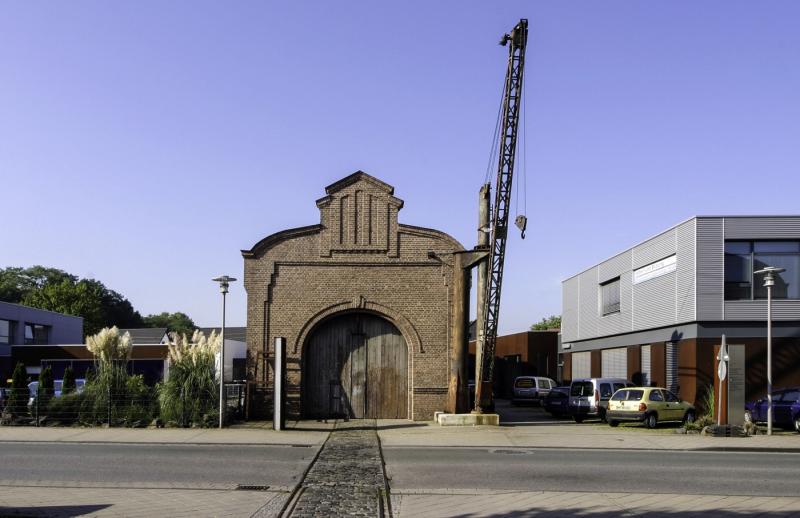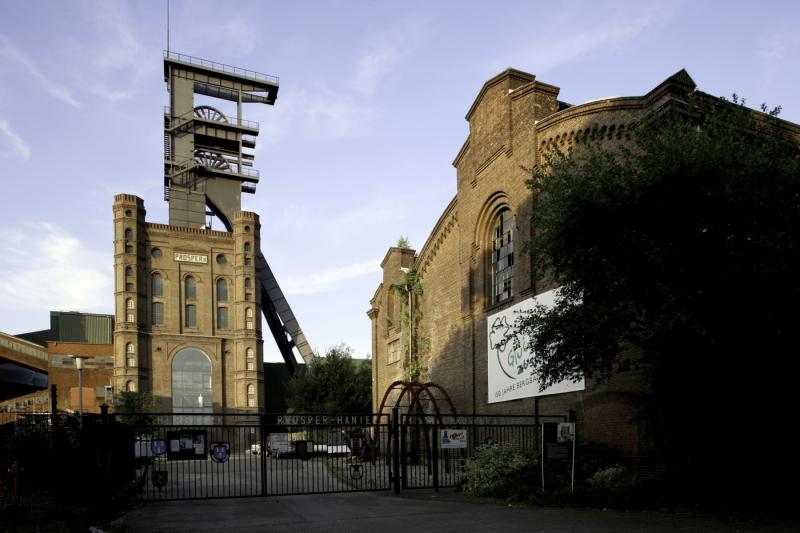Welheimer Straße, 46238 Bottrop
Icon legend
![]() This icon indicates an awarded building
This icon indicates an awarded building
![]() This icon indicates a listed building
This icon indicates a listed building
![]() Projects with this logo are on the UNESCO World Cultural Heritage list
Projects with this logo are on the UNESCO World Cultural Heritage list
![]() Project has been converted, renovated or extended
Project has been converted, renovated or extended
x close
![]()
1914-1923
- keine Angabe -
- keine Angabe -
Advanced search with more criteria
Total projects: 483

46238 Bottrop
Distance: 1.74 km

46238 Bottrop
Distance: 2.07 km
From 1914 to 1923, Siedlung Welheim was built in a still rather rural area near the pit in the style of a garden suburb for the miners of the Vereinigte Welheim pit, which first extracted coal in 1914. With 2,700 inhabitants and 650 buildings, it is one of the largest garden city housing estates in the northern Ruhr area, and with 40 different types of houses one of the most varied.
Bent roads, closed road spaces and “picturesque” groups of houses make for a lively picture and convey a feeling of cosiness. Greenery and gardens bring the “countryside” here. The comparatively large structures and the large facade break-down conceal the fact that often the flats were no larger than 35m². While Welheim housed the miners, on the other side of the tracks a better equipped housing estate for the mining officials was built.
Extraction ended in 1931; the pit was converted into a hydrogenation plant. This changed the occupancy rights and as a result also the structure of the residents of the previously miners-only housing estate. Its location right in the middle of industrial plants made it fall victim to WWII bombing raids.
The IBA Emscher Park (construction exhibition) led to its modernisation. While the original exterior was preserved, the housing quality was improved through an integration of units and a better equipment of such.
Author: Route Industriekultur/ Redaktion baukunst-nrw
Last changed on 25.09.2007
Categories:
Urban Design » Square and Neighbourhood Planning